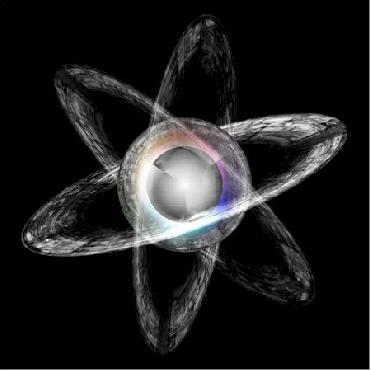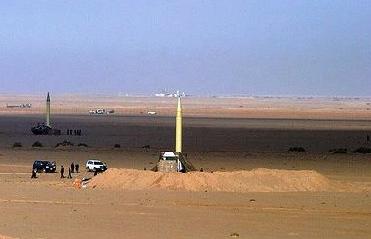
NEW DELHI (PTI): US scientists have verified the discovery of a new super heavy element 114 created in laboratory ten years after Russian scientists first claimed to have created it.
The search for 114 has long been a key part of the quest for nuclear science’s hoped-for Island of Stability.
Scientists at the US Department of Energy's Lawrence Berkeley National Laboratory confirmed the production of the super heavy element ten years after the Joint Institute for Nuclear Research in Dubna Russia claimed its discovery.
"By verifying the production of element 114, we have removed any doubts about the validity of the Dubna group's claims," says Nitsche a co-researcher in the study.
"This proves that the most interesting super heavy elements can in fact be made in the laboratory," he added.
Elements heavier than uranium, element 92 (the atomic number refers to the number of protons in the nucleus), are known as super heavy elements they are radioactive and decay in fraction of a second. These elements are therefore not found in nature but can be artificially created in laboratories.
Scientists have long speculated that super heavy elements with certain combinations of protons and neutrons arranged in shells in the nucleus would be relatively stable, eventually reaching an "Island of Stability" where their lifetimes could be measured in minutes or days or even in millions of years.
Early models suggested that an element with 114 protons and 184 neutrons might be such a stable element. Element 114 is therefore considered by scientists as stepping stone towards this stability.
"People have been dreaming of super heavy elements since the 1960s. But it's unusual for important results like the Dubna group's claim to have produced 114 to go unconfirmed for so long," says Berkeley Lab nuclear chemist Glenn Seaborg.
Scientists were beginning to wonder if super heavy elements were real, he said.
Confirming the Dubna results meant aiming a beam of 48Ca ions? Calcium whose nuclei have 20 protons and 28 neutrons? at a target containing 242Pu, the plutonium isotope with 94 protons and 148 neutrons.
The 88-Inch Cyclotron's Advanced Electron Cyclotron Resonance ion source created a beam of highly charged calcium ions was then accelerated to the desired energy.
Four plutonium oxide target segments were mounted on a wheel 9.5 centimeters in diameter, which spun 12 to 14 times a second to dissipate heat under the bombardment of the cyclotron beam.
"We expected to get about six in our eight-day experiment but only got two. Nevertheless, the decay modes, lifetimes, and energies were all consistent with the Dubna reports and amply confirm their achievement," Nitsche said.
 Previous Article
Previous Article Next Article
Next Article













The Indian Air Force, in its flight trials evaluation report submitted before the Defence Ministry l..
view articleAn insight into the Medium Multi-Role Combat Aircraft competition...
view articleSky enthusiasts can now spot the International Space Station (ISS) commanded by Indian-American astr..
view article